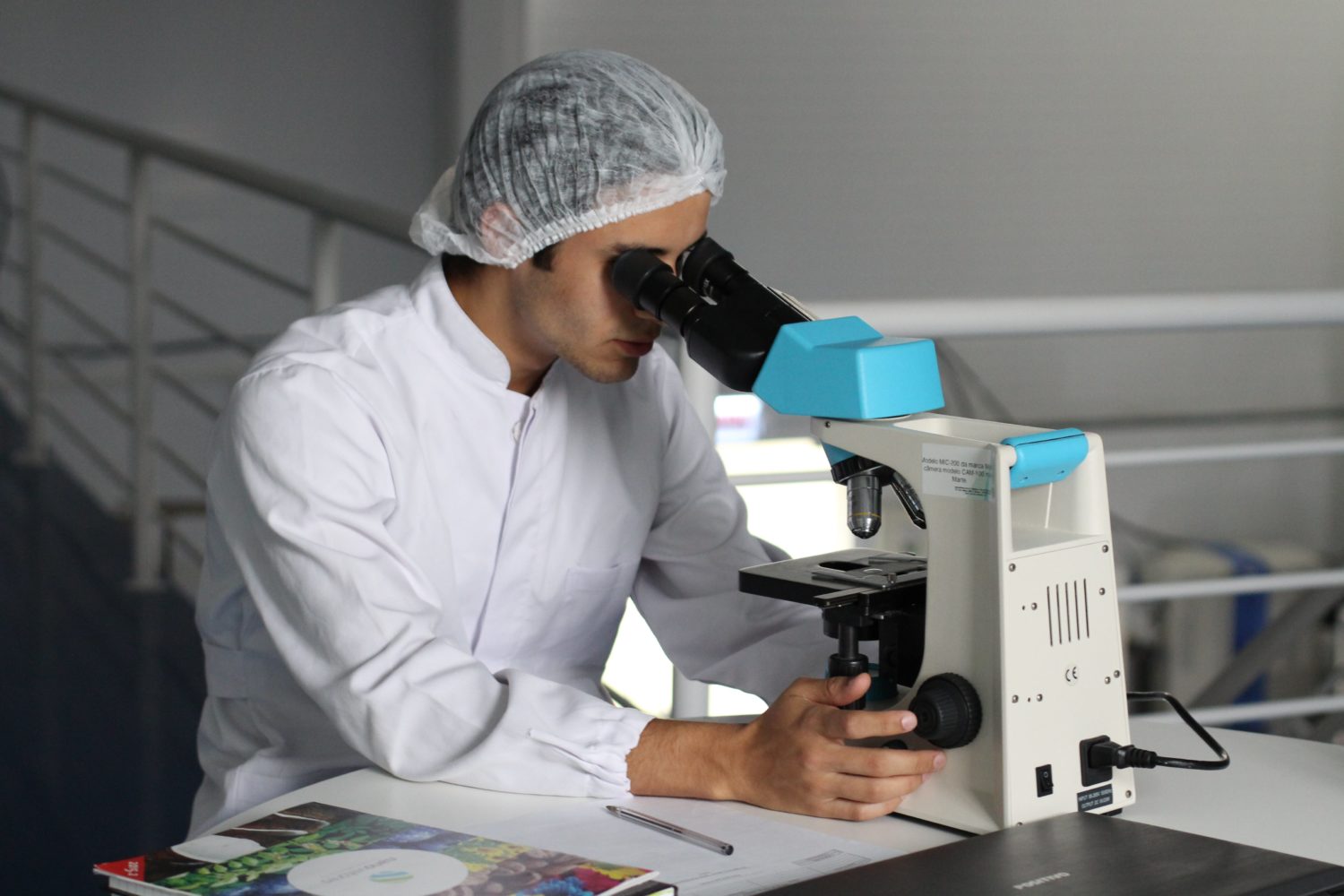Title: Medical Research Loans and Financing: Boosting the Growth of your Business
Introduction:
Medical research plays a crucial role in advancing healthcare by facilitating groundbreaking discoveries, improving patient care, and revolutionizing medical treatments. However, conducting medical research requires a significant investment of financial resources. This is where medical research loans and financing come into play. In this blog post, we will discuss how medical research loans can help fuel the growth of your business, how they work, provide an example of medical research financing, discuss qualification criteria, explore the cost implications, and highlight the pros and cons of these financial solutions.
1. How Medical Research Loans Can Help Grow Your Business:
Medical research loans provide a lifeline for businesses involved in medical research, enabling them to overcome financial barriers and achieve their objectives. These loans offer various benefits, such as:
a) Accelerating Research: With the help of medical research loans, businesses can allocate funds towards hiring skilled researchers, acquiring state-of-the-art equipment, and conducting cutting-edge research. This acceleration empowers businesses to stay ahead in the competitive medical research field.
b) Expansion of Facilities: Funding obtained through medical research loans can be utilized to expand research facilities, construct new laboratories, or upgrade existing infrastructure. This expansion creates more opportunities for researchers and increases the overall productivity of the business.
c) Innovative Technologies: Medical research requires access to the latest technologies, such as advanced imaging systems, genetic sequencing machines, and specialized software. Medical research loans enable businesses to incorporate these innovative technologies, leading to improved research outcomes.
2. How Medical Research Loans Work:
Medical research loans are typically offered by financial institutions or government agencies that specialize in supporting research-based initiatives. These loans work in a manner similar to traditional business loans but are designed to cater specifically to medical research purposes.
The loan application process involves submitting a comprehensive business plan, outlining the research goals, financial projections, and expected outcomes. Financial institutions assess the viability of the project and the creditworthiness of the borrower before determining the loan amount and the terms of repayment.
3. Example of Medical Research Financing:
Let’s consider an example to illustrate how medical research financing can contribute to business growth:
Dr. Smith, a prominent oncologist, intends to establish a research center focused on the development of targeted therapies for cancer treatment. However, the project requires substantial financial resources for equipment, personnel, and clinical trials. Dr. Smith successfully applies for a medical research loan, which provides the necessary funding for their research center. This loan enables Dr. Smith to hire experienced researchers, purchase advanced equipment, and conduct clinical trials, leading to potential breakthroughs in cancer treatment.
4. Who Qualifies for Medical Research Loans:
Medical research loans are typically available to a wide range of entities, including:
a) Academic research institutions
b) Biotechnology companies
c) Pharmaceutical companies
d) Government research agencies
e) Non-profit organizations working on medical research initiatives
Applicants are generally required to demonstrate a strong research plan, along with a clear timeline for achieving project milestones. The creditworthiness and financial stability of the organization are also considered during the evaluation process.
5. The Cost of a Medical Research Loan:
The specific cost of a medical research loan depends on various factors such as the loan amount, repayment terms, interest rates, and the borrower’s creditworthiness. Interest rates for medical research loans may be lower compared to some other types of loans due to their affiliation with the medical research industry. The repayment period is usually longer to accommodate the complex nature of medical research projects.
6. Pros and Cons of Medical Research Loans:
Like any financial solution, medical research loans come with both advantages and potential drawbacks. Let’s explore some of the pros and cons:
Pros:
– Access to significant funding for research initiatives
– Potential for breakthrough discoveries and advancements
– Increased collaboration opportunities with industry experts
– Enhanced research facilities and equipment
– Improved chances of attracting top talent and skilled researchers
Cons:
– Stringent evaluation process during loan application
– Potential requirement for collateral or personal guarantees
– The loan repayment burden can affect cash flow
– Uncertainty surrounding research outcomes and return on investment
Conclusion:
Medical research loans and financing options provide a lifeline for organizations involved in medical research, enabling them to accelerate their research initiatives, expand their facilities, and incorporate innovative technologies. However, it is crucial to carefully assess the pros and cons of medical research loans before considering this financing option. By understanding the benefits, costs, and qualification criteria, businesses can make informed decisions that will ultimately contribute to the advancement of medical research and improve patient outcomes.
Submit your Medical research business loan and financing inquiry today and see if you qualify. Minimal docs. Fast reply. Funds as quick as one business day.


